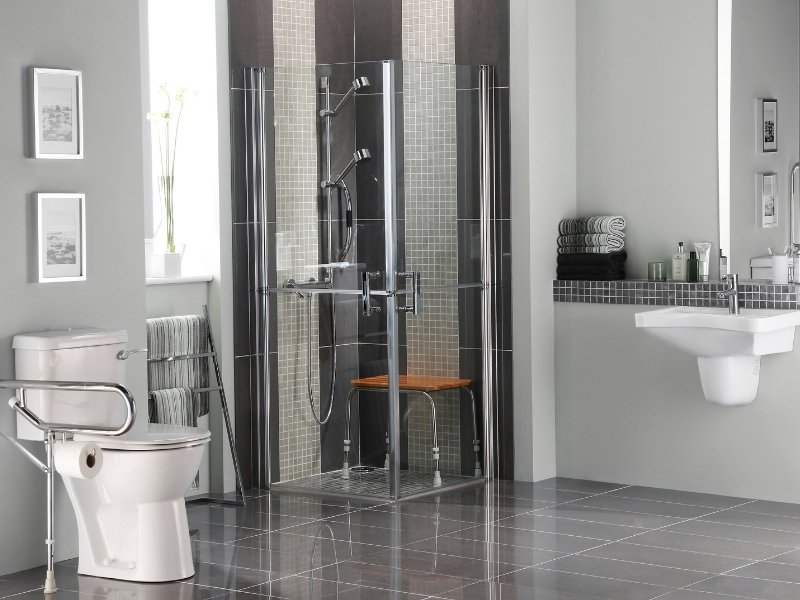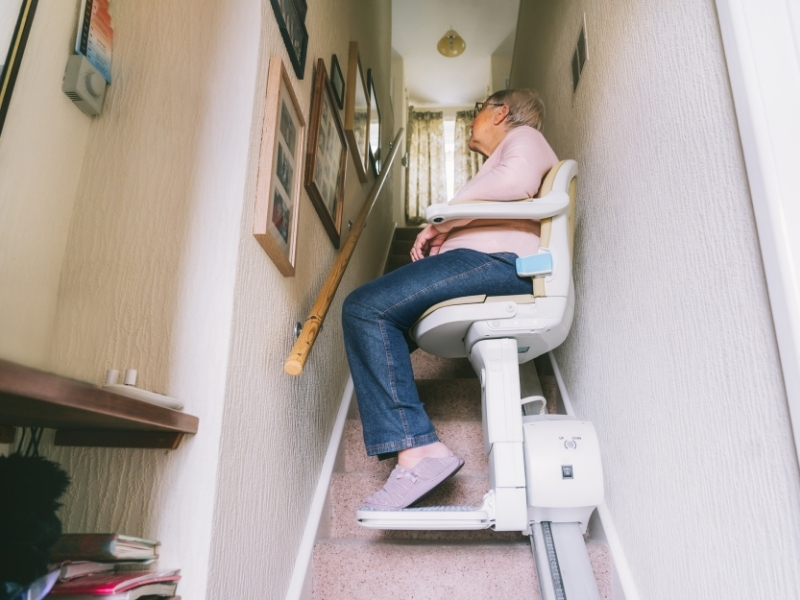
Creating an accessible home is about more than just meeting basic needs. It’s about ensuring comfort, independence, and a better quality of life for everyone, including those with disabilities. Whether you or a loved one is living with mobility challenges, sensory impairments, or cognitive conditions, enhanced accessibility at home can make a huge difference. This article will explore various ways to improve accessibility in your home, from simple modifications to the latest technology, helping you create a safer, more functional space tailored to individual needs.
Why is enhanced accessibility important for your home?
Enhanced accessibility promotes independence, safety, and well-being by making daily tasks easier and reducing accidents and strain. For individuals with disabilities, accessible spaces foster independence and reduce reliance on others. It also increases property value by meeting universal design standards, creating a welcoming environment for everyone to enjoy, whether at home or when hosting family and friends.
How can home modifications improve your daily life?
Home modifications are a crucial part of disability support and services, making it more accessible to live safely and independently, with changes ranging from minor adjustments to major renovations. Consider modifications such as:
- Wide doorways: Allowing easy access for wheelchairs, walkers, or scooters.
- Grab bars: Essential in bathrooms, particularly near toilets, showers, and baths.
- Ramps: An alternative to stairs that ensures smoother mobility for wheelchairs and other devices.
- Lowered counters and shelves: Making it easier to reach items without strain.
- Improved lighting: Enhancing visibility throughout the home, especially for those with low vision.
- Non-slip flooring: Reducing the risk of falls in high-traffic areas.
How can you create safe pathways with enhanced accessibility?
Safe pathways are essential for easy movement and safety. Whether inside or outside, transparent and accessible routes are crucial. Here are tips to improve pathways in your home:
- Remove obstacles: Keep floors clear of clutter, cords, or furniture obstructing a path.
- Smooth surfaces: Choose non-slip, smooth flooring to prevent tripping and make it easier for mobility aids to glide over the floor.
- Wider hallways: Ensure hallways are wide enough to accommodate wheelchairs, walkers, or scooters.
- Accessible doorways: Install automatic doors or wider doorframes for easier access.
- Outdoor pathways: Ensure that driveways, gardens, and walkways are free of cracks and uneven surfaces that could cause accidents.
How can you improve bathroom accessibility for enhanced comfort?
The bathroom is a crucial area for enhancing accessibility. Simple changes can make it safer and more comfortable for all. Consider these modifications:
- Shower seats: A fold-down seat in the shower provides a safe and comfortable option for those who need extra support.
- Walk-in showers: Install a walk-in shower with a low or no threshold to eliminate the need to step over a high bathtub edge.
- Adjustable shower heads: These can be moved to different heights, allowing easier access for all users.
- Non-slip mats and grab bars: For added safety, ensure the floors are slip-resistant and install grab bars near the toilet and in the shower.
- Raised toilet seats: Make it easier to get up and down with a raised seat that reduces strain.

What technology can help improve accessibility at home?
Technology greatly enhances home accessibility. Consider these solutions:
- Voice-controlled devices: Use voice assistants like Google Home or Alexa to control lights, temperature, and locks.
- Intelligent doorbells: See and communicate with visitors remotely.
- Automated lighting: Motion-sensor lights for hands-free operation.
- Smart thermostats: Adjust temperature remotely for comfort.
- Emergency alert systems: Receive alerts for falls or emergencies.
How does home modification contribute to enhanced accessibility?
Home modifications improve comfort and safety. When planned thoughtfully, they can significantly enhance daily life. Here are common changes that boost accessibility:
- Wider entrances and hallways: Ensuring your home is accessible for wheelchairs, scooters, and walkers.
- Elevators or lifts: Installing a lift or elevator allows for more effortless movement between floors in multi-story homes.
- Accessible furniture: Choose furniture that is easy to use, such as chairs with proper armrests or adjustable-height desks.
- Lowered or adjustable counters make it more accessible for performing tasks like cooking or working at a desk.
- Supportive handrails: Adding sturdy handrails to stairs, hallways, and bathrooms for extra stability.

These changes are a step forward in providing support for people with disabilities, particularly those with mobility issues or other disabilities.
How can you ensure enhanced accessibility in the kitchen for easier cooking?
The kitchen is another area where accessibility is vital. Cooking should be enjoyable, not a struggle. Here are a few modifications to make the kitchen more accessible:
- Lower countertops: At an appropriate height for seated or standing users.
- Pull-out shelves allow easy access to pots, pans, and kitchen utensils without bending or reaching.
- Accessible storage: Use pull-down shelving, lazy Susans, or drawer organisers to access kitchen items easily.
- Side-opening ovens are easier to access than traditional front-opening models, reducing the risk of burns or spills.
- Non-slip floors: Use slip-resistant mats or tiles to keep the kitchen floor safe.
How can personal assistance services contribute to enhanced accessibility?
Individuals with disabilities can benefit from NDIS support for daily living, including personal assistance services, which can help with various daily tasks that support independent living. Additionally, these services can include:
- Personal care support: Assistance with dressing, grooming, and bathing tasks.
- Meal preparation: A support worker can help with cooking, ensuring that meals are nutritious and tailored to dietary needs.
- Household assistance: A professional can handle cleaning, laundry, and general home maintenance tasks.
- Transportation support: Personal assistants can help travel to appointments or social activities, ensuring mobility and independence.
Creating an accessible home for everyone
Enhancing accessibility in your home involves more than adjustments—it’s about promoting independence, safety, and comfort. Modifications like wider doorways, ramps, non-slip floors, and smart technologies such as voice assistants improve functionality and quality of life. By addressing the needs of all household members, you create a safer, more inclusive space. Home accessibility services offer tailored solutions to simplify this process.
Choice Care Australia can assist with home modifications and accessibility assessments, especially for individuals with NDIS plans. Enhancing accessibility in your home is a vital step toward improving your independence and quality of life. Choosing Choice Care Australia means selecting a trusted, compassionate, and professional care provider. With years of experience delivering assisted personal activities under the NDIS in Sydney, our team is committed to improving your quality of life. Furthermore, we prioritise care with dignity, ensuring your needs are met with respect, understanding, and sensitivity.
Contact Choice Care Australia today to learn more about how we can help you enhance accessibility at home!


